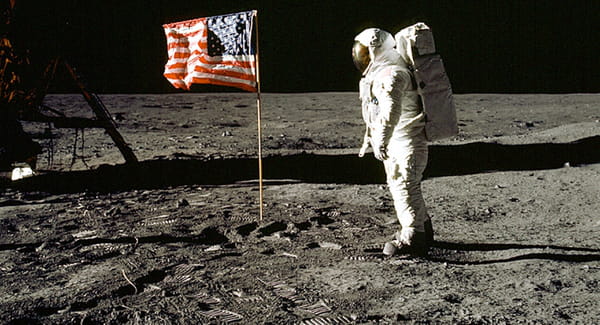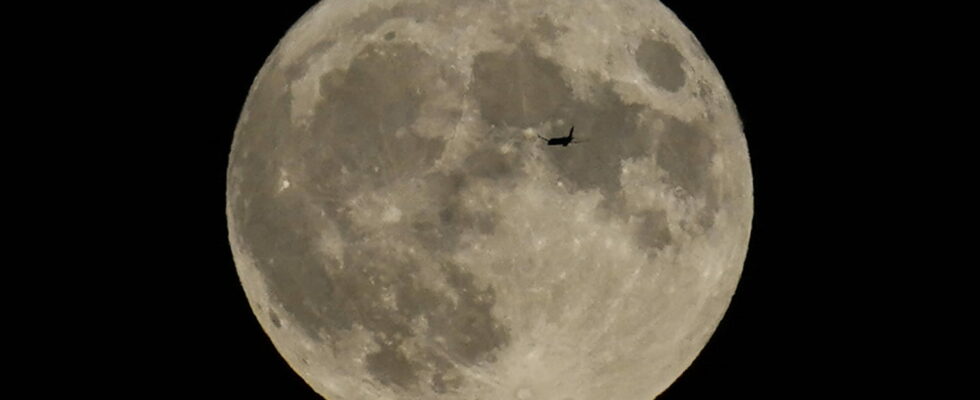A cave has been discovered on the Moon and it could be very useful for NASA.
The Moon still holds many mysteries. Although man has not set foot on it since 1972, research continues. A team led by Lorenzo Bruzzone and Leonardo Carrer, from the University of Trento in Italy, recently made an incredible discovery: a cave accessible from the deepest known pit on the Moon. It is located at the level of the Sea of Tranquility, not far from where Neil Armstrong and Buzz Aldrin landed in 1969.
The researchers, whose study results were published in Nature Astromyfound it by sending a radar into the opening of the pit. The cave was created millions of years ago, when lava flowed on the Moon. This phenomenon dug a tunnel in the rock. It is said to be 40 meters wide and at least 100 meters deep.
This cave would probably not be the only one. The existence of such cavities on the surface of the Moon had been assumed for decades: “They remained a mystery for more than 50 years. So it was exciting to finally be able to prove their existence,” Leonardo Carrer and Lorenzo Bruzzone said according to Associated Press.

It’s a major discovery, since such places could serve as shelters for astronauts, as new missions to the Moon are being considered. NASA’s Artemis II program aims to send four astronauts around the Moon in 2025, and Artemis III to drop a crew there the following year. The space agency plans to do one mission per year thereafter, in part to establish a long-term human presence.
In these caves, astronauts would be protected from radiation, extreme weather conditions and micrometeorites. However, the walls will need to be reinforced to avoid the risk of collapse. British astronaut Helen Sharman told BBC News that humans could potentially live in these large lunar craters within 20 to 30 years. Given the depth, it would be necessary to abseil in and exit using a jet pack or an elevator system.
To learn more about this cave, scientists want to map it by sending new radars and even cameras. This could also allow to study the rocks and materials inside which, coming from the depths and therefore protected, could allow to learn more about the history of the Moon.
